Selene Baez Santamaria
Knowledge acquisition for dialogue agents using reinforcement learning on graph representations
Jun 27, 2024Abstract:We develop an artificial agent motivated to augment its knowledge base beyond its initial training. The agent actively participates in dialogues with other agents, strategically acquiring new information. The agent models its knowledge as an RDF knowledge graph, integrating new beliefs acquired through conversation. Responses in dialogue are generated by identifying graph patterns around these new integrated beliefs. We show that policies can be learned using reinforcement learning to select effective graph patterns during an interaction, without relying on explicit user feedback. Within this context, our study is a proof of concept for leveraging users as effective sources of information.
A modular architecture for creating multimodal agents
Jun 01, 2022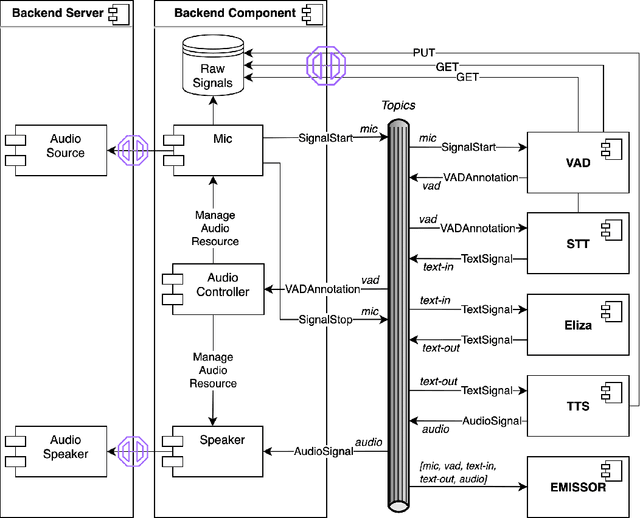
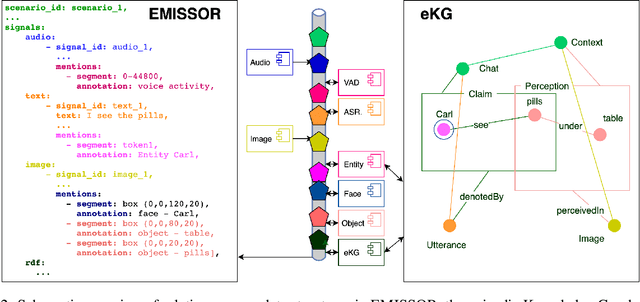
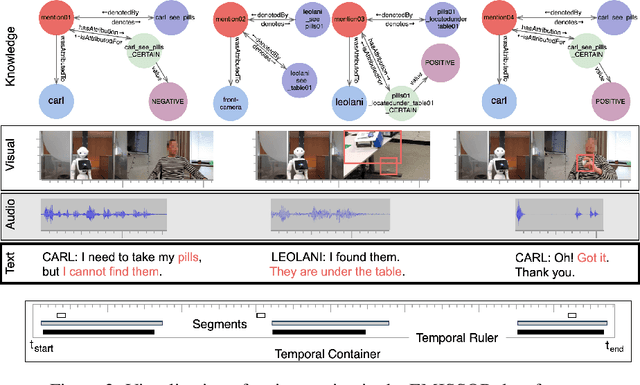
Abstract:The paper describes a flexible and modular platform to create multimodal interactive agents. The platform operates through an event-bus on which signals and interpretations are posted in a sequence in time. Different sensors and interpretation components can be integrated by defining their input and output as topics, which results in a logical workflow for further interpretations. We explain a broad range of components that have been developed so far and integrated into a range of interactive agents. We also explain how the actual interaction is recorded as multimodal data as well as in a so-called episodic Knowledge Graph. By analysing the recorded interaction, we can analyse and compare different agents and agent components.
Access to care: analysis of the geographical distribution of healthcare using Linked Open Data
Apr 11, 2022

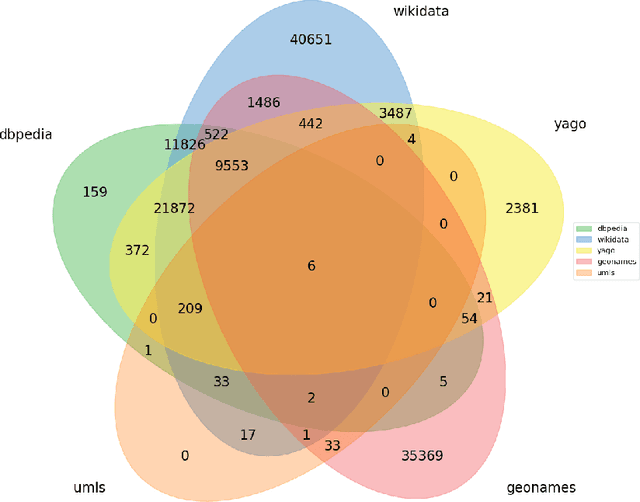
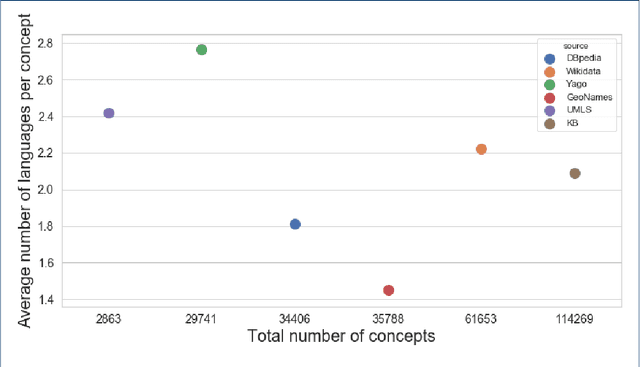
Abstract:Background: Access to medical care is strongly dependent on resource allocation, such as the geographical distribution of medical facilities. Nevertheless, this data is usually restricted to country official documentation, not available to the public. While some medical facilities' data is accessible as semantic resources on the Web, it is not consistent in its modeling and has yet to be integrated into a complete, open, and specialized repository. This work focuses on generating a comprehensive semantic dataset of medical facilities worldwide containing extensive information about such facilities' geo-location. Results: For this purpose, we collect, align, and link various open-source databases where medical facilities' information may be present. This work allows us to evaluate each data source along various dimensions, such as completeness, correctness, and interlinking with other sources, all critical aspects of current knowledge representation technologies. Conclusions: Our contributions directly benefit stakeholders in the biomedical and health domain (patients, healthcare professionals, companies, regulatory authorities, and researchers), who will now have a better overview of the access to and distribution of medical facilities.
 Add to Chrome
Add to Chrome Add to Firefox
Add to Firefox Add to Edge
Add to Edge